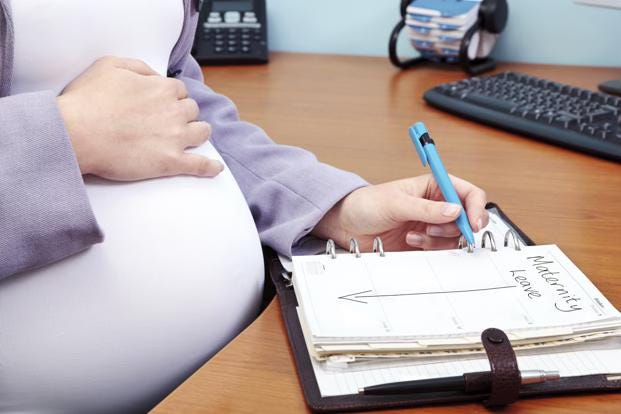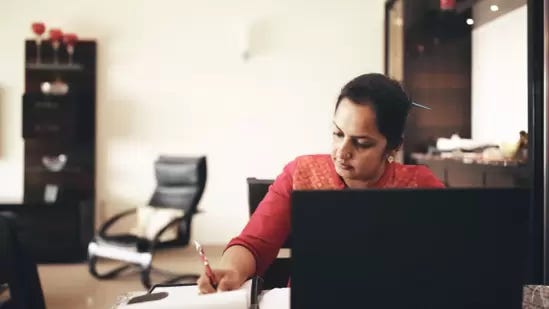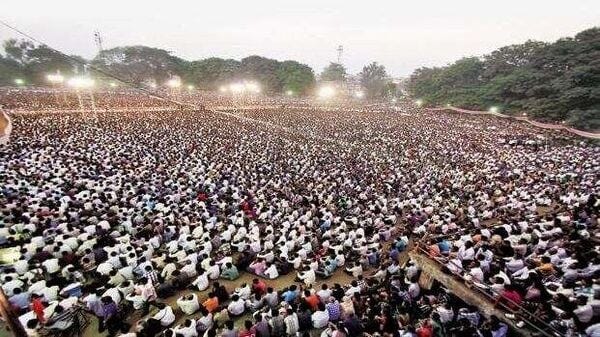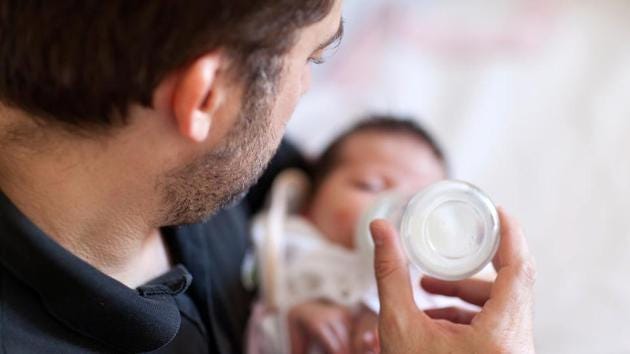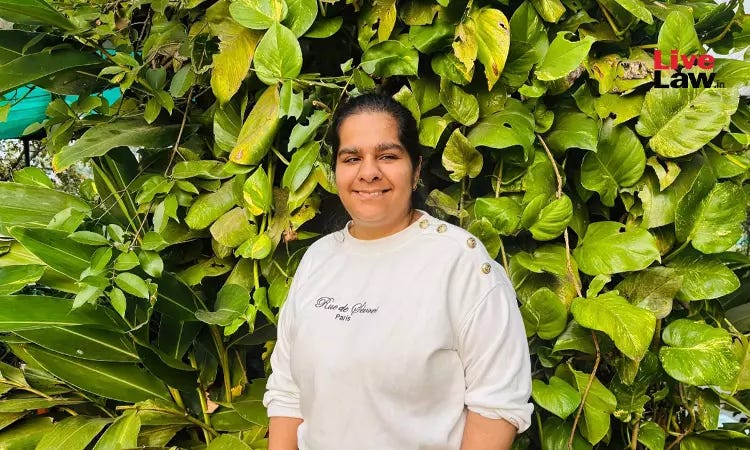💪 Maternity leave is a constitutional right. Now let’s talk about paternity leaveNow that the Supreme Court has settled that matter, let’s talk about paternity leave (and what better time than a day after Father’s Day to do it?)In a landmark ruling that will have far-reaching implications, the country’s top court has asserted that maternity leave is a constitutional right, regardless of the number of a children a woman might have. Under the law, which was last amended in 2017, women are entitled to 26 weeks of paid time off for up to two children. Now, Supreme Court justices Abhay Oka and Ujjal Bhuyan have ruled, “Right to life also includes the right to health. Right to live with human dignity and the right to privacy are now acknowledged facets of Article 21.” The two-judge bench was hearing a case brought to it by a government school teacher in Tamil Nadu. The teacher had had two children from a previous marriage. Following a divorce, custody of the children went to her husband. When she remarried and had a third child, her request for maternity leave for denied. A Madras high court division bench noted she already had two surviving children and, so, was entitled to only 12 weeks and not 26 weeks of paid leave. Even though the woman had not taken maternity leave for her first two kids who were born before she entered government service, the high court ruled that in light of the state’s two-child norm, maternity benefits could not be given for a third child. The Supreme Court ruling overturning that narrow view is a relief not just to her but to mothers throughout the country. Fertility numbersIn 1961 when India first legally mandated maternity benefits, women were entitled to 12 weeks of paid time off. In 2017, this was increased to 26 weeks. Moreover, offices with more than 10 employees were required to provide for creche facilities. Some saw these as ‘sops’ to women. There were dire warnings that the expanded leave would lead to a hiring freeze of women by employers particularly in small and medium-sized companies. Research by TeamLease, a human resource service company, estimated that 2.6% of jobs could potentially be lost across sectors. These findings were backed by academic research. A paper published by Maitreyi Bordia Das and Ieva Zumbyte for the World Bank in 2017, the year the amended maternity benefits were passed, found that “having a young child in the home depresses mothers’ employment”. The big noise around maternity benefits masks the minuscule number of women who are entitled to it. In India, just 6% of women are employed in the formal sector. According to IndiaSpend, 94% work in the informal sector– farming, small scale manufacturing, construction—and are not eligible for paid time off. Yet, even in the formal sector, most women experience what economists call the “motherhood penalty”. Globally, mums with children below the age of five have the lowest employment rate (47.6%) compared to dads with kids of the same age (87.9%) and women with no children at all (54.4%), according to a 2018 study of 90 countries by the International Labour Organisation. Women, in other words, pay a disproportionate price for having children and it’s a realization that is being felt around the world. Earlier this week, the United Nations Population Fund said the world was witnessing an “unprecedented decline in fertility rates”. A report that surveyed 14,000 people in 14 countries found that while most want two or more children, fertility rates are falling because many felt unable to create the families they want. In India, now the world’s most populous nation with 1.46 billion people, fertility rates are also coming down, even though total numbers will hit 1.7 billion in about 40 years before they fall. In 17 states, fertility rates are already below replacement level of two births per woman with the five southern states leading the charge. In anticipation of the delimitation exercise that will redraw electoral boundaries to reflect the population, the chief ministers of both Tamil Nadu and Andhra Pradesh have publicly appealed to women to produce more babies. It takes a villageIt might not be out of place to begin talking about paternity leave – not the token 10 days or two weeks but at par with maternity leave. Paternity leave would serve several outcomes. It would mark a significant step towards gender parity. It would make it easier for mothers to remain in the workforce (good for GDP too). And it would help new dads bond better with their babies. When Dubai-based Junaid Khan had his first daughter he requested his construction firm for time off, even if it was with reduced pay. At the time when his wife got pregnant he was working on a project in Sikkim and figured he would rather be home with her once the baby arrived. “For every parent, these are moments that will never come back,” he explained. For Bengaluru-based Prasun Bajoria it helped that he ran his own business and, so, could take 75 days off when his wife had their first baby. “It’s not easy on the mother,” he said. “I wanted to be at home for her.” While Prasun said he became adept at a host of skills from bath-time to changing diapers, Khan took on the job of making sure the house was well stocked with formula and diapers and anything else his wife might need. Both men said their wives are pregnant again and both intend to take time off, again. After all, if it takes a village to raise a child, why is it that only mothers bear the cost? [Dear readers, is paternity leave feasible? Tell me what you think at: namita.bhandare@gmail.com] In numbersIndia fell two places from last year to rank 131 out of 146 countries in the World Economic Forum’s Global Gender Gap report of 2025. Source: While India continues to do well on economic participation and education, the fall is a result of the decline in the number of women in Parliament as well as those holding ministerial positions. Read more here. Going placesBelieved to be the first visually impaired lawyer to appear in the Supreme Court, Anchal Bhatheja was born with low vision and, reports website LiveLaw, lost her vision entirely just before her board examinations. Undeterred, Anchal completed her schooling with the help of audiobooks and became the first CLAT aspirant with zero visibility to be admitted to the National Law School, Bengaluru, completing her law degree in 2023. In her first Supreme Court appearance, Anchal was representing a petitioner who also has 100% visual impairment. Activist Greta Thunberg responded to US President Donald Trump that she should undergo ‘anger management’. The 22-year-old was among a dozen of activists on a ship attempting to deliver humanitarian aid to the Gaza Strip before being intercepted by Israel. Seen and heard
Activist Greta Thunberg responded to US President Donald Trump that she should undergo ‘anger management’. The 22-year-old was among a dozen of activists on a ship attempting to deliver humanitarian aid to the Gaza Strip before being intercepted by Israel. News you may have missedJailed for close to six months for marrying a Hindu woman, a Muslim man was finally freed after intervention by the Supreme Court. The apex court ovecaption...y the Uttarakhand high court rejecting bail after the man was arrested under the Uttarakhand Freedom of Religion Act of 2018, or the so-called anti love jihad law, that has been brought in some form or the other in 13 states. The apex court said the man and his wife were married but then, inexplicably added that this was “per the wishes of their respective parents and families”. It’s a strange and un-needed interjection from the top court given that parental consent is not a legal requirement and all it takes to get married are two adult people willing to take that plunge. Lurid headlines are calling it the ‘honeymoon hathyakaand’. Indeed the murder of 30-year-old Raja Raghuvanshi, allegedly a hit job ordered by his wife of less than a month and while on their honeymoon to Meghalaya, has triggered a rash of commentary from the moralising to the outright lurid. In The Quint, two thoughtful pieces, one by Priya Ramani on Indian parents’ obsessive desire to control their children’s choices, including love lives (paywalled alas) and the other by Anand Pradhan on patriarchy and caste are well worth a read. I also wrote about what the crime tells us about love and longing in modern India here. News from elsewhereThe murder of 30-year-old Olorato Mongale, allegedly by a man she went on a date with in Johannesburg, has yet again raised the alarming spectre of femicide in a country with one of the highest rates of the crime in the world. In the year preceding March 31, 2024, there were 27,600 murder and of these, 5,578 were women and another 1,656 children. Globally 1.3 women per 100,000 are killed by an intimate partner, but in South Africa that number was 5.5 during the first year of the pandemic. More in The Guardian here. Portugal has passed a law that gives people with painful endometriosis up to three days of fully paid menstrual leave a month. The law also supports medication cost and fertility preservation. Before I go… The last date for nominations to the Kamla Bhasin awards for individuals and organisations working for a gender-just society is June 30. Open to all genders and to all South Asian citizens, the award carries a prize of ₹100,000. Details here. That’s it for this week. If you have a tip, feedback, criticism, please write to me at: namita.bhandare@gmail.com, or reply to this mail. Edited and produced by Shashwat Mohanty. |

